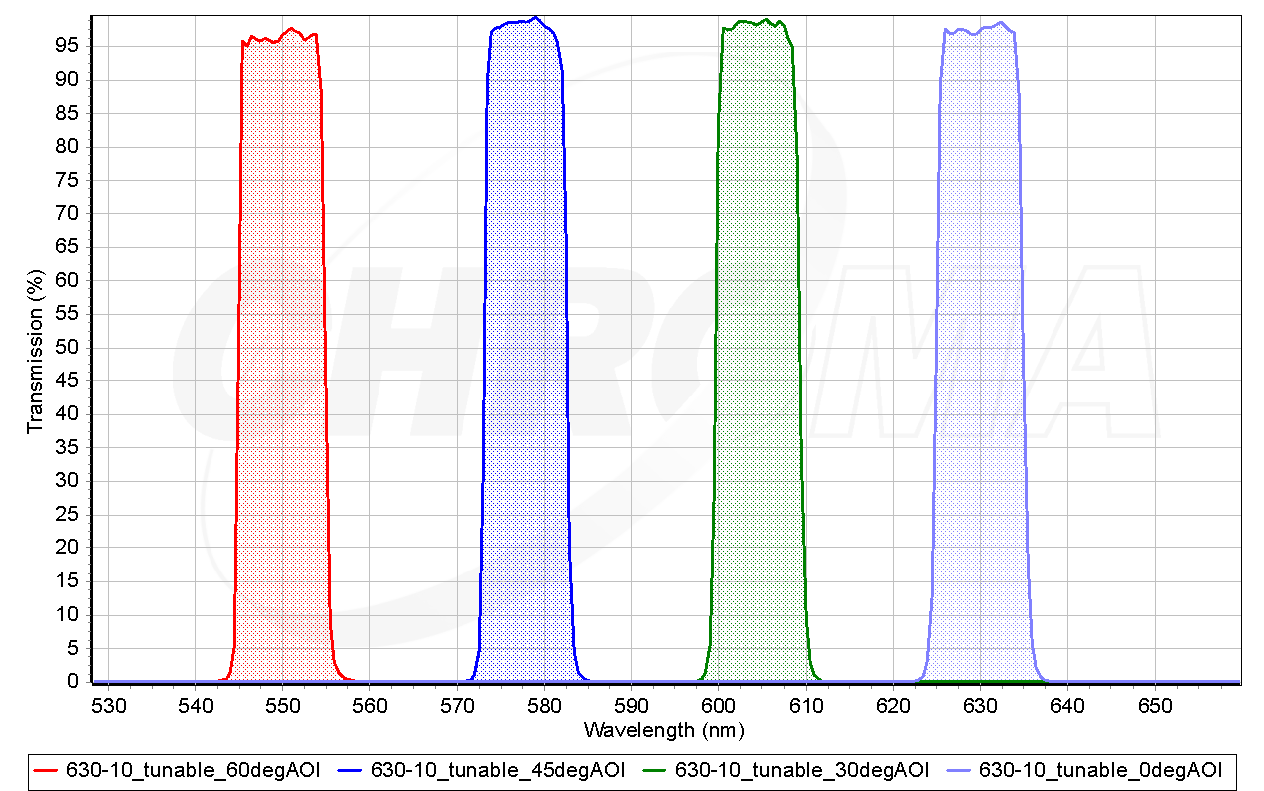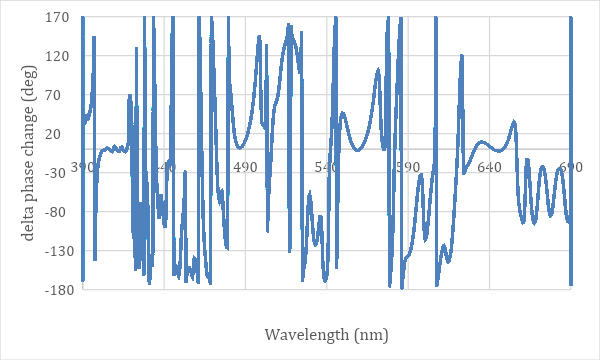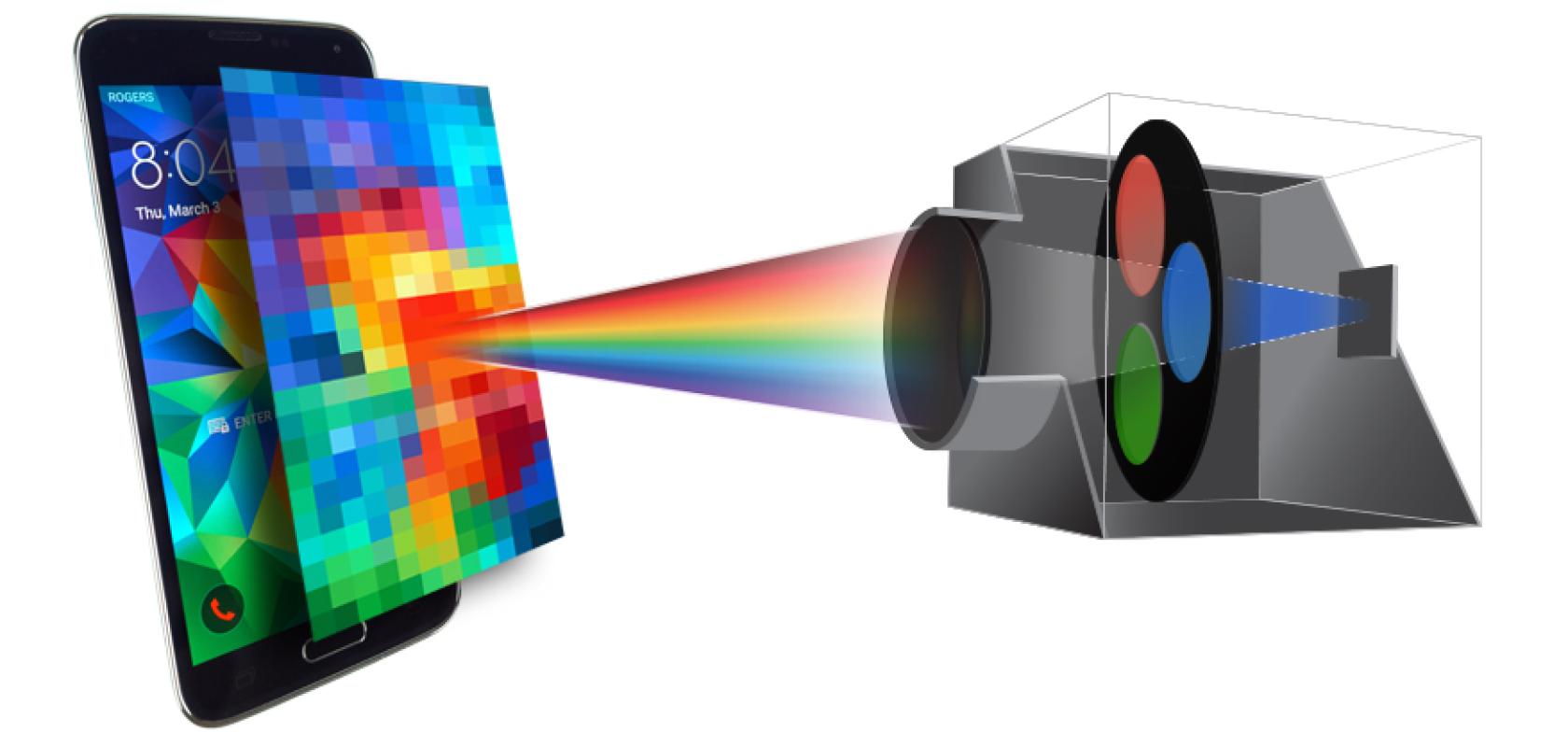The concept of optical filters has been around for centuries, with early documented uses of coloured glass and other materials to alter the properties of light. As optical technology has advanced over the years, so too have optical filters, leading to the more specific designs we see today that transmit, reflect, or block certain wavelengths of light.
Their basic role in optical systems is to selectively transmit light of various wavelengths. This is important to a variety of applications, ranging from life science use cases such as fluorescence microscopy, where they allow for the differentiation of various tissue types by colour; to industrial applications, such as machine vision and quality control, where they are used to detect product defects and identify objects.
Emerging use cases in AR/VR for optical filters
As technology continues to move forward, even more use cases are presenting themselves, as John Atkinson, Principal Product Engineer at Chroma Technology knows only too well. The company has been manufacturing precision optical filters and related products for science and technology for more than 30 years, so Atkinson is well-versed in emerging applications, and which optical filters are best suited.
He says: “For electronic displays such as for cell phones or more recent augmented and virtual reality applications, the performance needs to be characterised in terms of colour and brightness. It's part of the quality control for any display manufacturer. For colour performance, an instrument called a tristimulus colorimeter is used to measure the colour of the light coming from the display, and optical filters enable these quick and accurate measurements.”

Chroma tristimulus filter application: Solid lines represent target (normalised) CIE colour matching functions, while dashed lines are Chroma filters’ transmission spectra (Credit: Chroma Technology)
These devices make use of the colour-matching functions, or tristimulus curves, established by the Commission Internationale de l'Eclairage (CIE). Special tristimulus filters modify the overall response to mimic the CIE colour-matching functions, thus “colouring” the detector so that it “sees” colour as a human would. Says Atkinson: “The filters have to match those colour matching functions very, very precisely in order to reduce the noise, or the errors in the measurement. The filters that we make have a very low f1’ (f1 prime) score, which means they deviate very little from the CIE standard, and that’s with the filters taking into account the camera’s quantum efficiency and any other sources of coloration from the instruments optical components. This ensures high accuracy and reduces noise in the system. In addition, a lot of these systems have a field of view, which can create a cone angle of light. Filters are susceptible to this, but we can design for a particular cone angle in a system.”
Another filter type in which Chroma Technology specialises in are multibands. These filters are designed to transmit multiple wavelengths while blocking (or reflecting) others, making them indispensable in high-speed applications such as fluorescence microscopy, machine vision and even semiconductor inspection. Atkinson explains: “Essentially, a multiband filter could be used in any application that a single-band filter could be used for. It allows for multiple channel acquisitions. The main advantage is speed. You can do a lot more with a single filter, especially if you’re sequentially turning lights on and off. We’ve made filters with four and five bands routinely and even demonstrated the ability to make filters with seven distinct bands that span the visible into the SWIR range."
Speed and precision with multiband filters
One notable application involved a life sciences customer who needed a seven-band filter for sequential laser excitation. “They were all fairly narrow bands,” says Atkinson, “and they had seven different laser lines that they were going to use sequentially. The lasers themselves are supposedly monochromatic, but there's noise and spurious lines that have to be rejected in order to clean up the illumination. The critical piece of this application was speed. So, instead of using a filter wheel with filters moving from one to the next, they only needed one filter, and the lasers were turned on and off at speeds in the milliseconds, and there were seven of them. This allowed for a very high speed acquisition, and seven different wavelengths.”

Chroma Technology’s 7 band filter (Credit: Chroma Technology)
Tunable filters are yet another area where Chroma excels, offering flexibility and precision by allowing users to dynamically adjust the transmission band through angle of incidence changes. “We can make filters that maintain their shape and shift predictably as a function of angle,” says Atkinson. “For instance, a 20nm wide filter at 560nm can shift down to 480nm by adjusting the angle from 0 to 60 degrees. This allows a wide range of coverage with a single filter, and we have multiple such filters available that cover UV to SWIR wavelengths.”

Tunable Filter with 630nm centre wavelength at 0 degrees AOI and 550nm centre wavelength at 60 degrees AOI, while maintaining a 10nm wide FWHM (full width half max) (Credit: Chroma Technology)
Such tunable filters are used in spectroscopy and multispectral imaging. One particular customer developed a light source using Chroma’s tunable filters to offer customisable wavelengths, covering a wide spectral range with fewer filters, reducing both costs and complexity.
MWIR filters: From agriculture to satellite communications
If this is not enough, Chroma's advancements into the mid-wave infrared (MWIR) range are another significant achievement. These filters, covering the 3 to 6 micron wavelength range, are used in applications such as remote sensing and gas analysis.
Atkinson explains: “This started with our short-wave infrared (SWIR) product development a few years ago, we started pushing our envelope, specifically for remote sensing and machine vision applications where it turns out that most of the things that you're looking at, whether it be an apple or crops for agriculture, or different kinds of plastics, have a spectral signature that is more prominent in the SWIR, and potentially in the MWIR, than it could be in the visible. There are situations where you can get highly accurate identification of an object or the condition of an object, whether it be a bruise on an apple or crops that are lacking nitrogen, if you can compare images at two or more wavelengths, and if you include one in the infrared, you often get close to a 100% match to what you're looking for.”

Highly accurate identification of an object or the condition of an object such as crops lacking nitrogen can be achieved by comparing compare images at two or more wavelengths, if one is in the infrared (Credit: MONOPOLY919/Shutterstock.com)
For environmental monitoring, Chroma’s MWIR filters are able to provide better distinction between gases with similar spectral signatures, such as CO and CO2, which is crucial for applications like Earth observation from satellites. "We were asked to develop filters in the MWIR range, and using our existing materials, we found we could make some really nice filters," Atkinson shared. "These filters have higher transmission, steeper slopes, and better blocking than many competitors. Because of our process control and stable sputter deposition process, we're able to get the wavelengths very precisely. So for gas analysis, in particular, where you need precise transmission in your filter in order to differentiate between two different gasses, I think that's where our value really comes in.”
Expertise for custom filter solutions
One of Chroma's standout features is its ability to provide custom solutions. Its expertise in thin-film coating and precision engineering provides filters that meet unique requirements. Low group delay dispersion (GDD) coatings are crucial for ultrafast pulsed laser applications, ensuring the integrity of laser pulses in applications where it is vital to preserve the pulse width upon reflection from, or transmission through, the optic. When redirecting these lasers or combining beams, the coating itself must not elongate the pulse. John notes: “You don't want the filter or the dichroic in this case, to mess up or elongate the pulse. You want to maintain a low group delay dispersion or GDD. We have that capability, which allows us to meet customers' demanding needs for precision laser-based semiconductor inspection applications, for example.”

Transmission of “phaseR” multiband laser polychroic (Credit: Chroma Technology)
In other situations it is important to maintain polarisation integrity in laser systems. As John explains: “The laser beam has to maintain its state of polarisation, which means the coating must have a low phase retardance, we call these coatings “PhaseR” for reflection or “PhaseT” for transmission."

Delta phase change in reflection – note nearly 0 degrees at 405, 488, 561, and 640nm laser lines (Credit: Chroma Technology)
Find out more detailed information about the technical advancements and capabilities of Chroma Technology's filters, their applications and the company's approach to custom solutions by downloading the latest White Paper.


